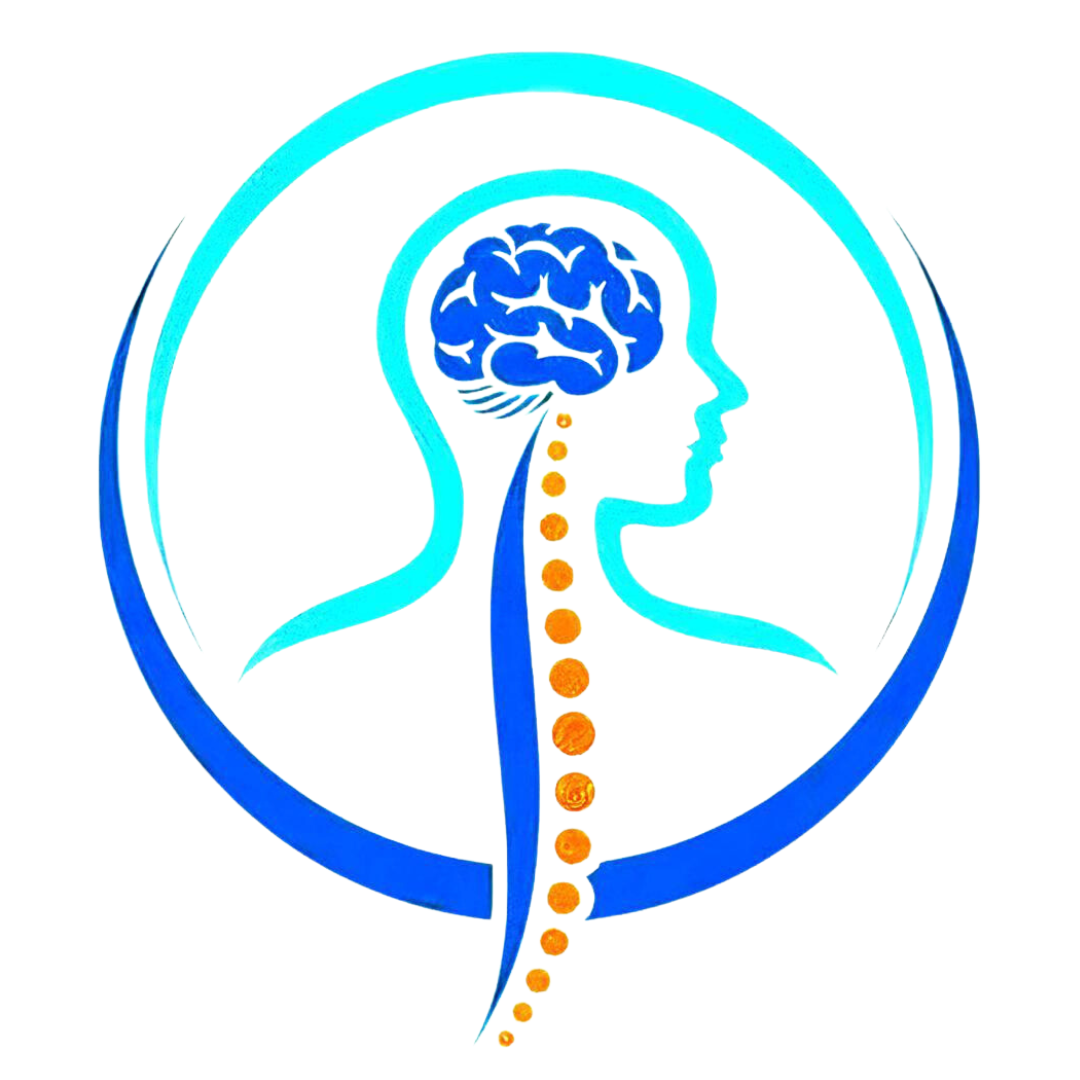
Myasthenia gravis (MG) is a rare, chronic autoimmune disorder that primarily affects the neuromuscular junction, which is the point of communication between nerve cells and muscles. In MG, the immune system produces antibodies that target and interfere with the transmission of nerve signals to muscles. This leads to muscle weakness and fatigue, which worsens with activity and improves with rest.
Key Characteristics:
- Muscle Weakness: Muscle weakness is the primary symptom of MG. It typically starts in the muscles that control eye movement and facial expressions, leading to drooping eyelids (ptosis) and double vision (diplopia).
- Fatigability: Weakness worsens with activity and improves with rest. This fatigue can be fluctuating and variable, making tasks like chewing, swallowing, talking, and even breathing challenging.
- Other Muscles Affected: While the condition often begins with ocular (eye-related) symptoms, it can progress to affect other muscles, such as those involved in limb movement and breathing.
Types of MG:
- Ocular Myasthenia Gravis: Limited to ocular muscles, causing ptosis and diplopia.
- Generalized Myasthenia Gravis: Affects muscles beyond the eyes, involving limb muscles and sometimes respiratory muscles.

Causes and Risk Factors:
- The exact cause of MG is not fully understood, but it involves an autoimmune response where the immune system mistakenly targets proteins in the neuromuscular junction, particularly the acetylcholine receptors.
- Genetic predisposition and environmental factors might contribute to the development of MG.
Diagnosis and Stages:
- Diagnosis involves a thorough medical history, physical examination, and specialized tests, such as the edrophonium (Tensilon) test or blood tests to detect specific antibodies.
- Electromyography (EMG) and nerve conduction studies can help assess the function of muscles and nerves.
Lifestyle and Emotional Well-being:
- Lifestyle adjustments may be needed to conserve energy and manage fatigue.
- Psychological support, counseling, and support groups can help individuals cope with the emotional impact of MG.

Treatment and Management:
- While there is no cure for MG, various treatments aim to manage symptoms, improve muscle function, and enhance quality of life.
- Medications: Acetylcholinesterase inhibitors (such as pyridostigmine) help improve nerve signal transmission by preventing the breakdown of acetylcholine.
- Immunosuppressive Therapies: Corticosteroids, immunosuppressant drugs, and other medications can suppress the immune response and reduce antibody production.
- Plasma Exchange (Plasmapheresis): A procedure where blood is removed, plasma (which contains antibodies) is separated, and the remaining blood components are returned to the body. This can temporarily reduce antibody levels.
- Intravenous Immunoglobulin (IVIG): Infusions of immunoglobulins can help temporarily modify the immune response and improve muscle strength.
- Thymectomy: Surgical removal of the thymus gland, which can be beneficial, especially in individuals with a thymoma (tumor of the thymus).
